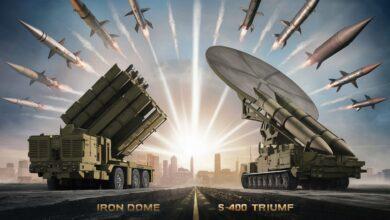Unveiling the Powerhouse: How Fighter Jet Engines Work

When it comes to fighter jets, they are like the superheroes of the sky, powered by engines that make them fly super fast and do cool tricks. But have you ever wondered how these engines actually work? Let’s take a closer look at the magic that happens inside these powerful machines.
Anatomy of a Fighter Jet Engine
Inside every fighter jet, there is a special engine that helps it fly. These engines are made up of different parts that work together to make the jet go zoom. Here’s how it all happens:
- Air Intake: The engine starts by sucking in air from the sky. This air gets squished and pushed into the combustion chamber.
- Compression: The squished air mixes with fuel and gets set on fire. This creates hot gases that have a lot of energy.
- Expansion: The hot gases shoot out the back of the engine really fast, pushing the jet forward. This is how the jet moves through the air.
Types of Fighter Jet Engines
There are different kinds of fighter jet engines, each with its own special features. Here are some of the most common types:
- Turbojet Engines: These engines are simple but fast. They can go really high and really fast, but they use a lot of fuel.
- Turbofan Engines: Turbofan engines have a big fan at the front that helps save fuel. They are the most popular engines for modern fighter jets.
- Afterburning Turbofans: These engines can go super fast by adding extra fuel to the hot gases. This makes the jet accelerate quickly and do cool tricks.
The Thrust of Performance
Thrust is the force that pushes the jet forward. It depends on how the engine is designed, how fast the air is moving, and how hot the gases are. The thrust-to-weight ratio is important because it affects how well the jet can move and turn in the sky.
Advanced Technologies and Innovations
Engine technology is always getting better to make jets fly faster and do more tricks. Some cool advancements include:
- Thrust Vectoring: This helps the jet turn by changing the direction of the engine exhaust. It makes the jet more agile in combat.
- Variable Cycle Engines: These engines can adjust how they work to save fuel and fly better in different situations.
- Stealth and Low-Observable Technologies: These features help jets hide from radar and stay safe in dangerous places.
Maintenance and Sustainment
Keeping fighter jet engines in top shape is really important. Mechanics have to check them often, fix any problems, and replace parts to keep them running smoothly. Sustainment programs help make engines last longer and work better by upgrading them with new technology.
The Future of Fighter Jet Engines
Exciting things are coming for fighter jet engines! New technologies like hypersonic propulsion and alternative fuels will make jets even faster and more efficient. The future of aerial warfare is looking bright with these advancements.
In conclusion, fighter jet engines are like the superheroes of the sky, using power and precision to do amazing things. With new technologies and innovations, these engines will keep pushing the limits of what is possible in the world of aviation.




